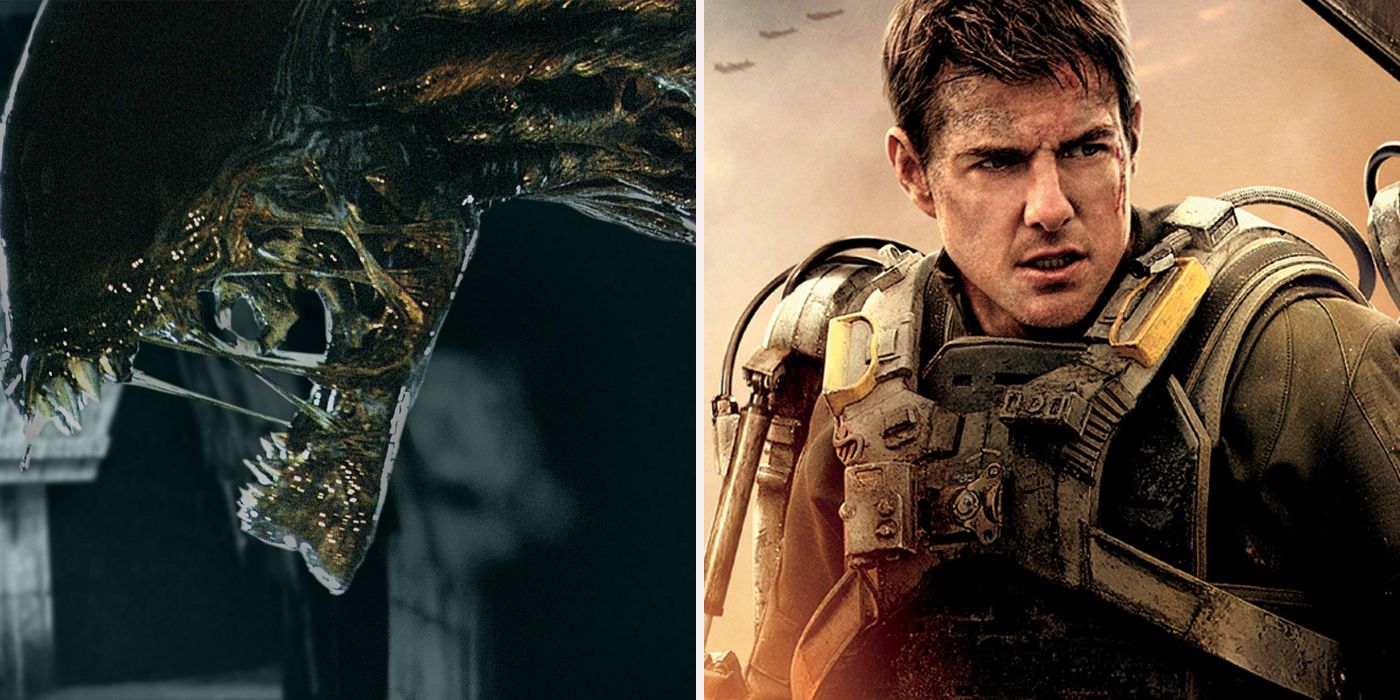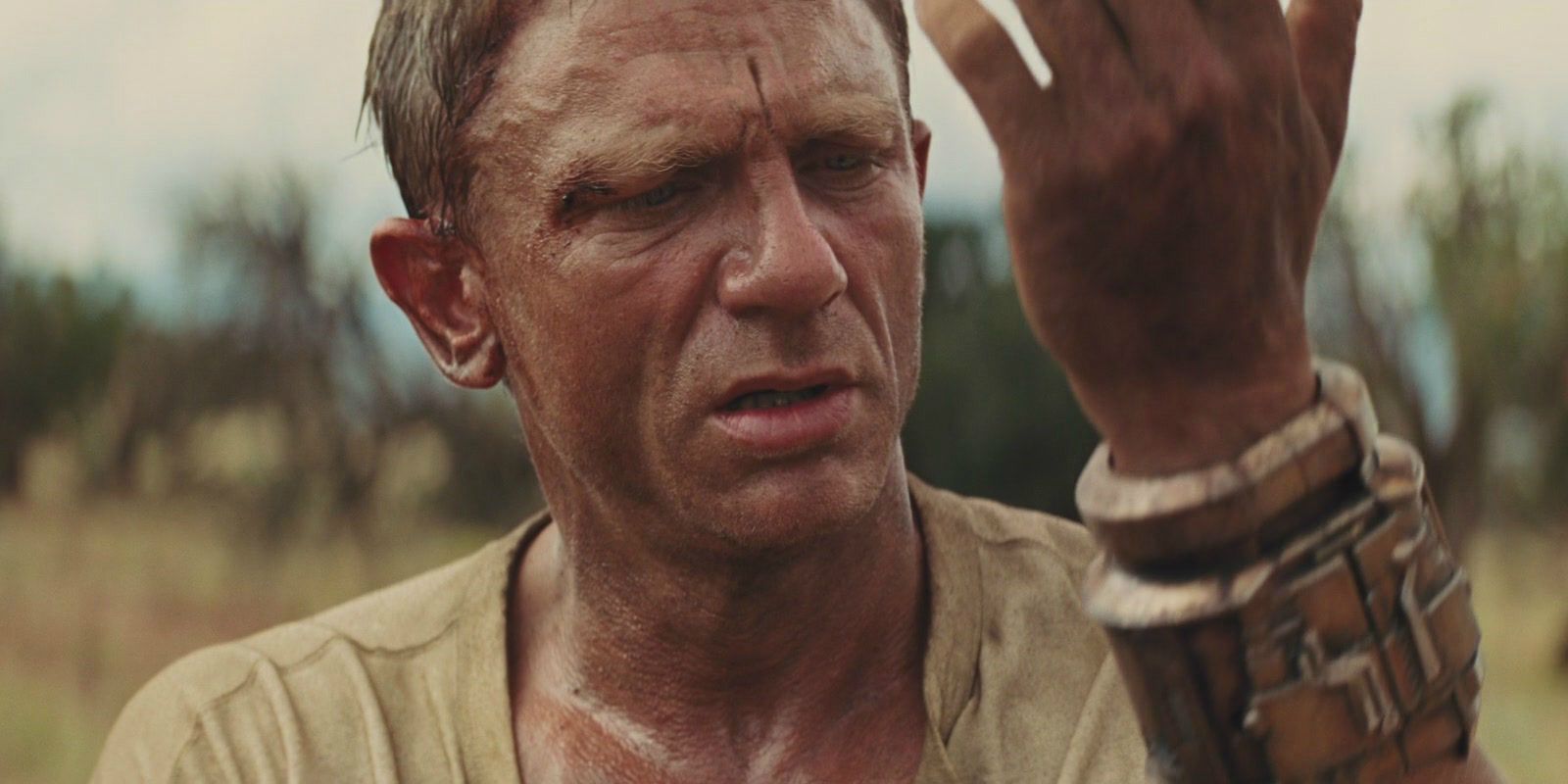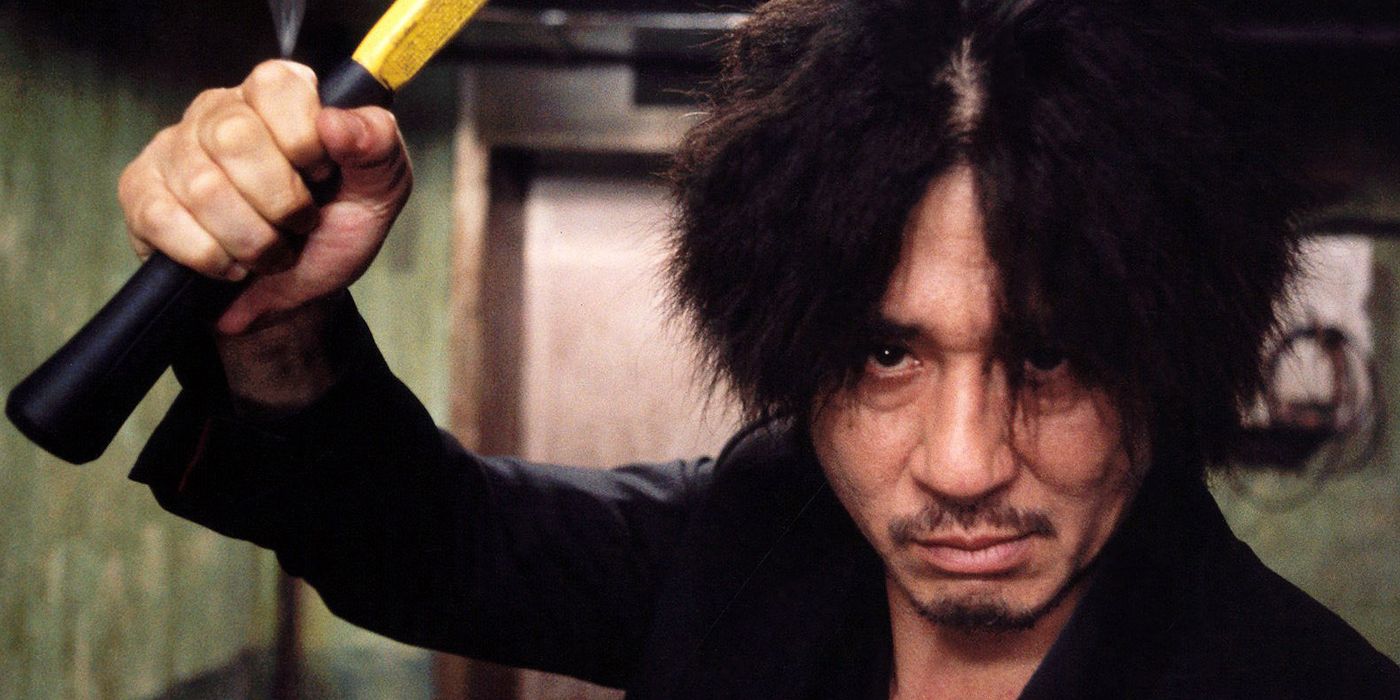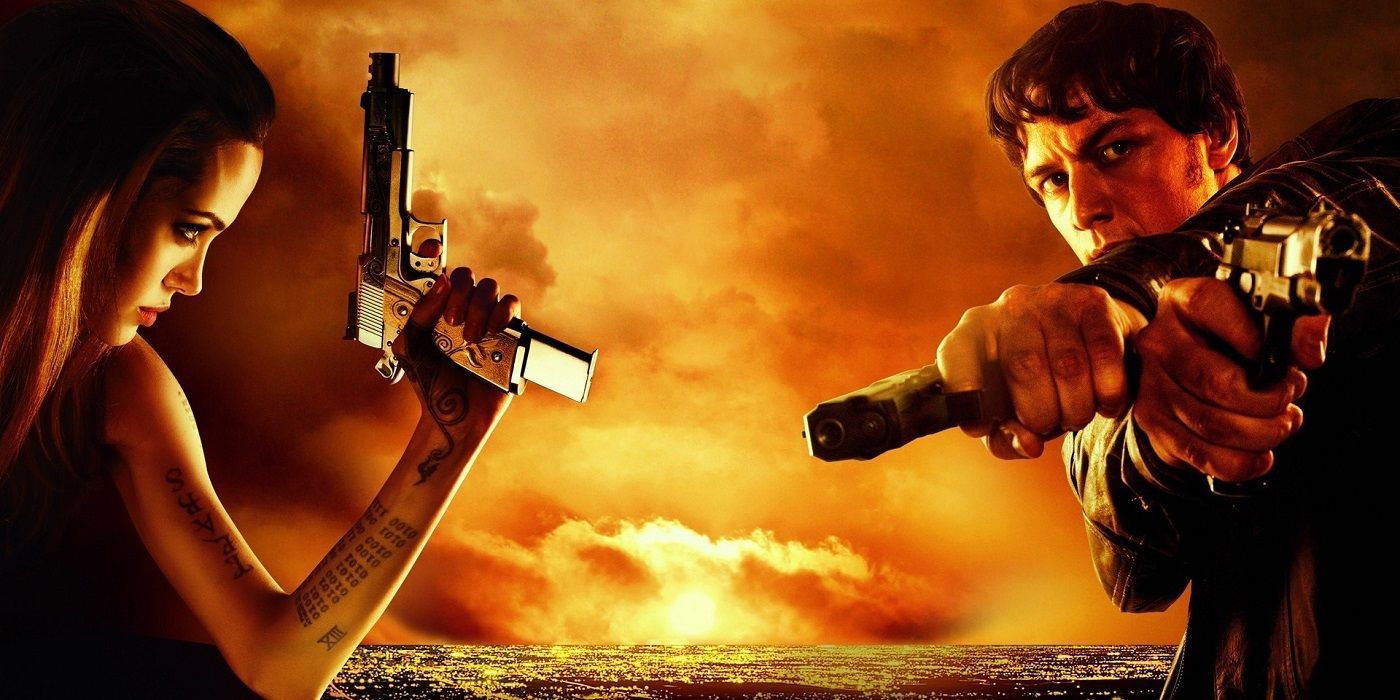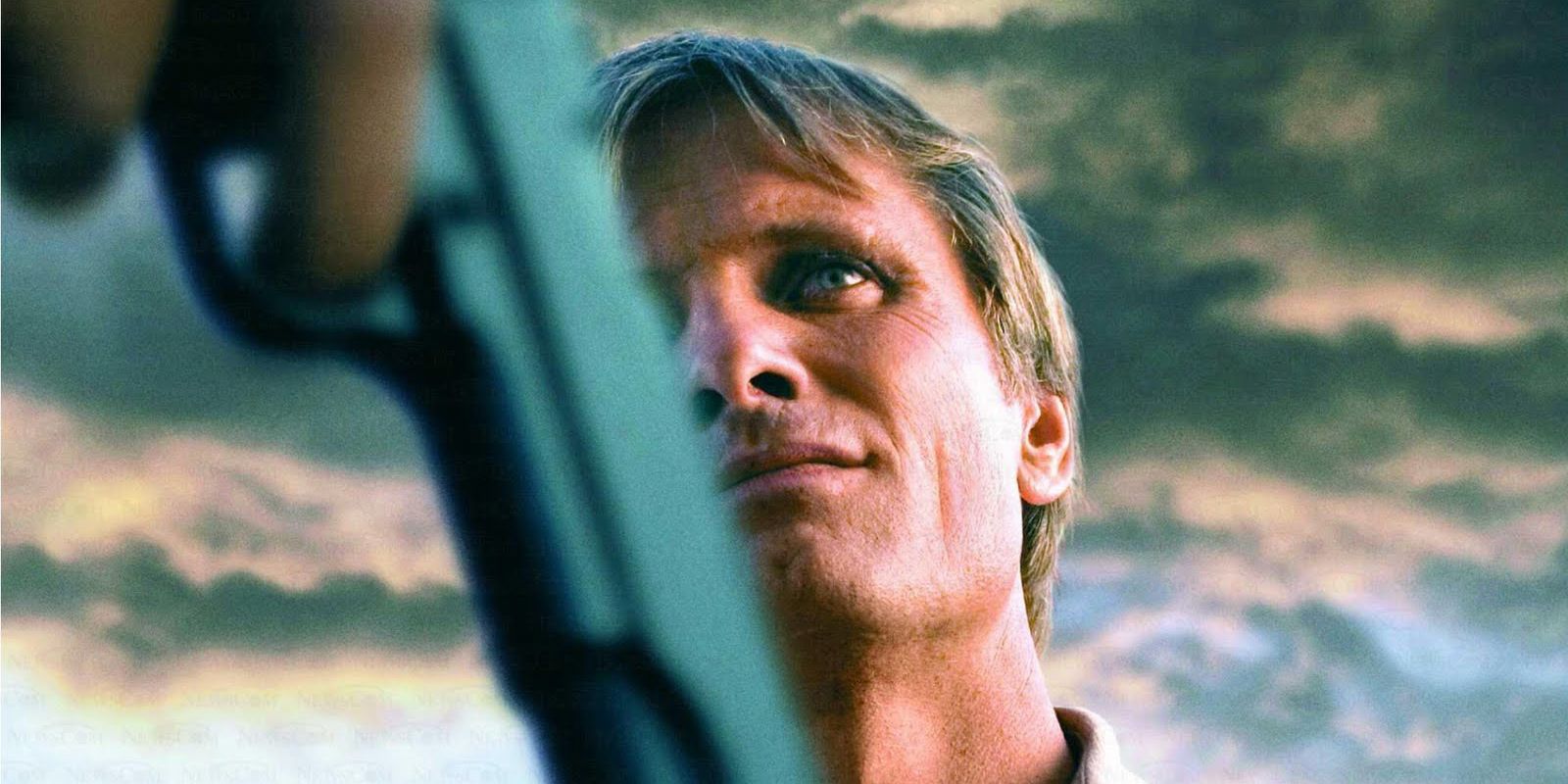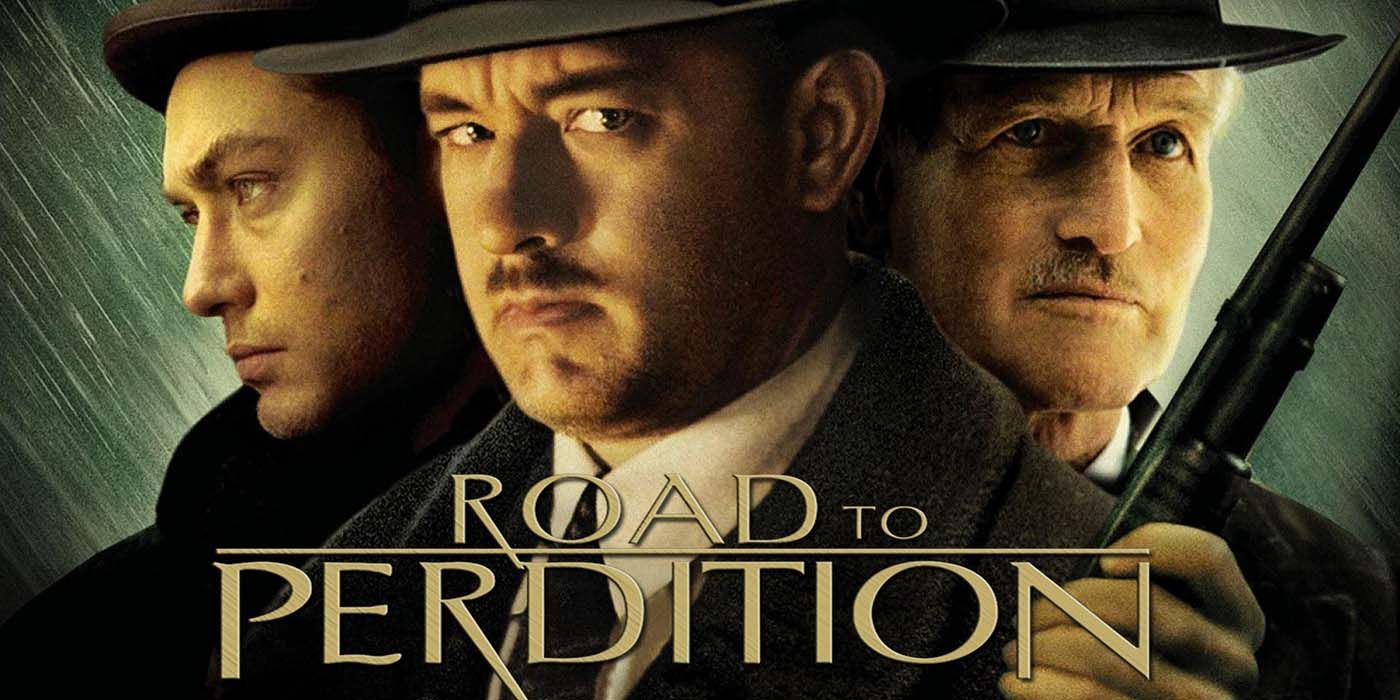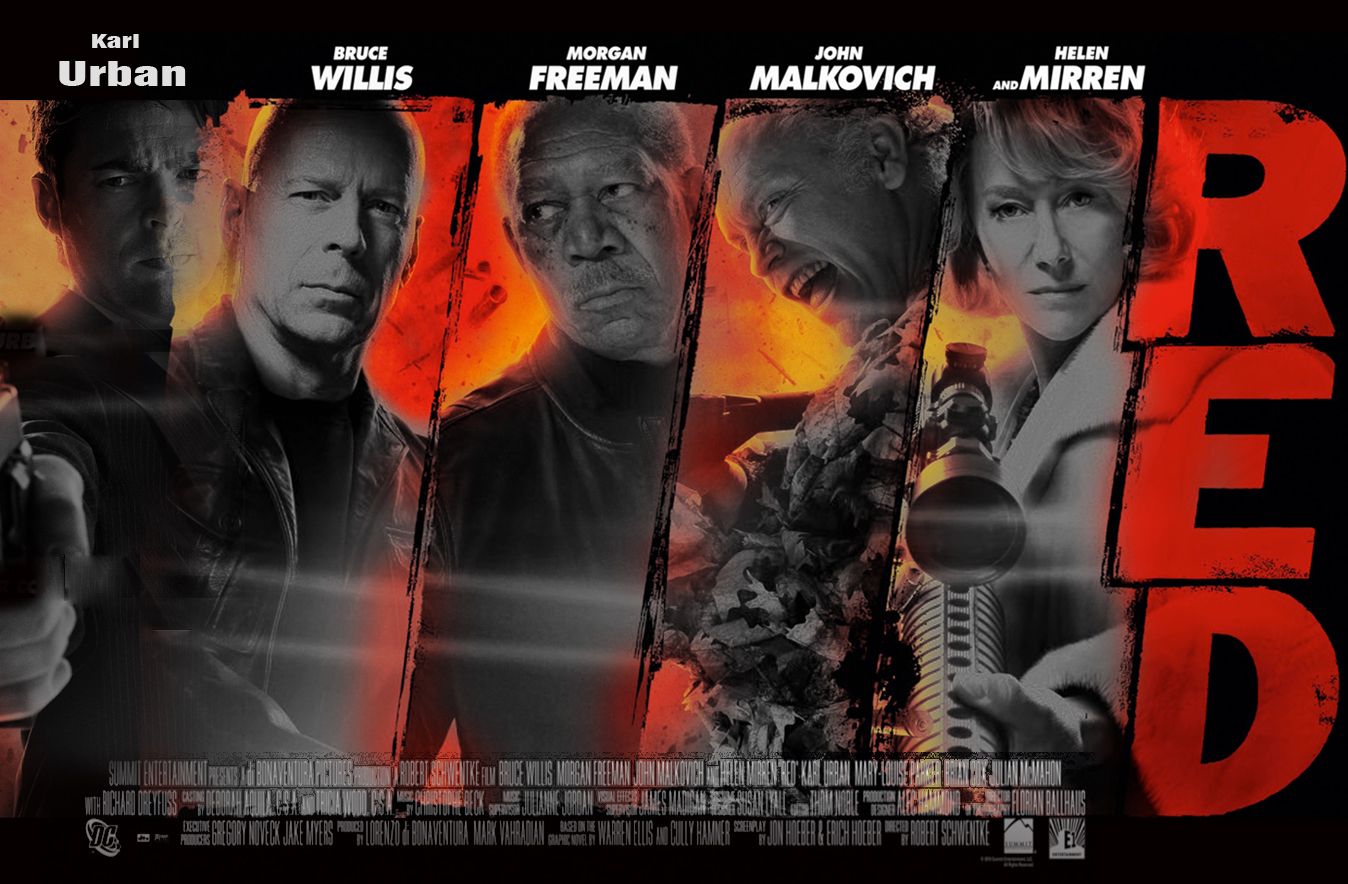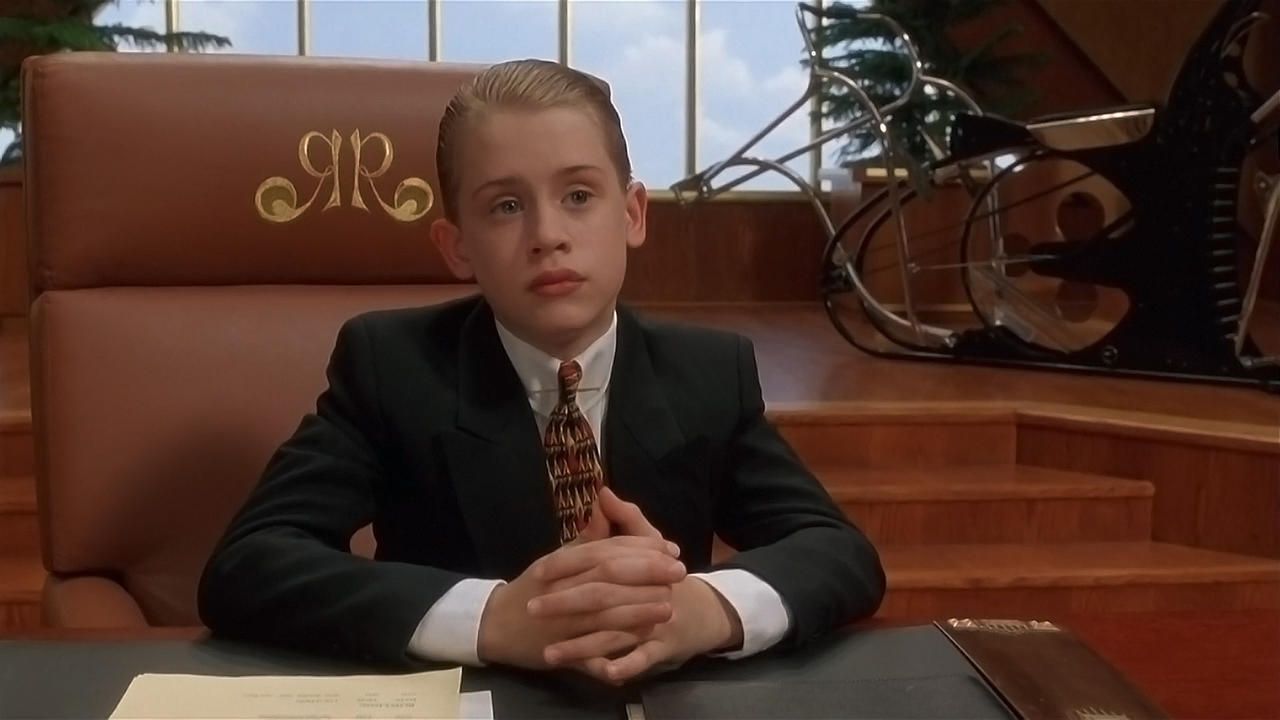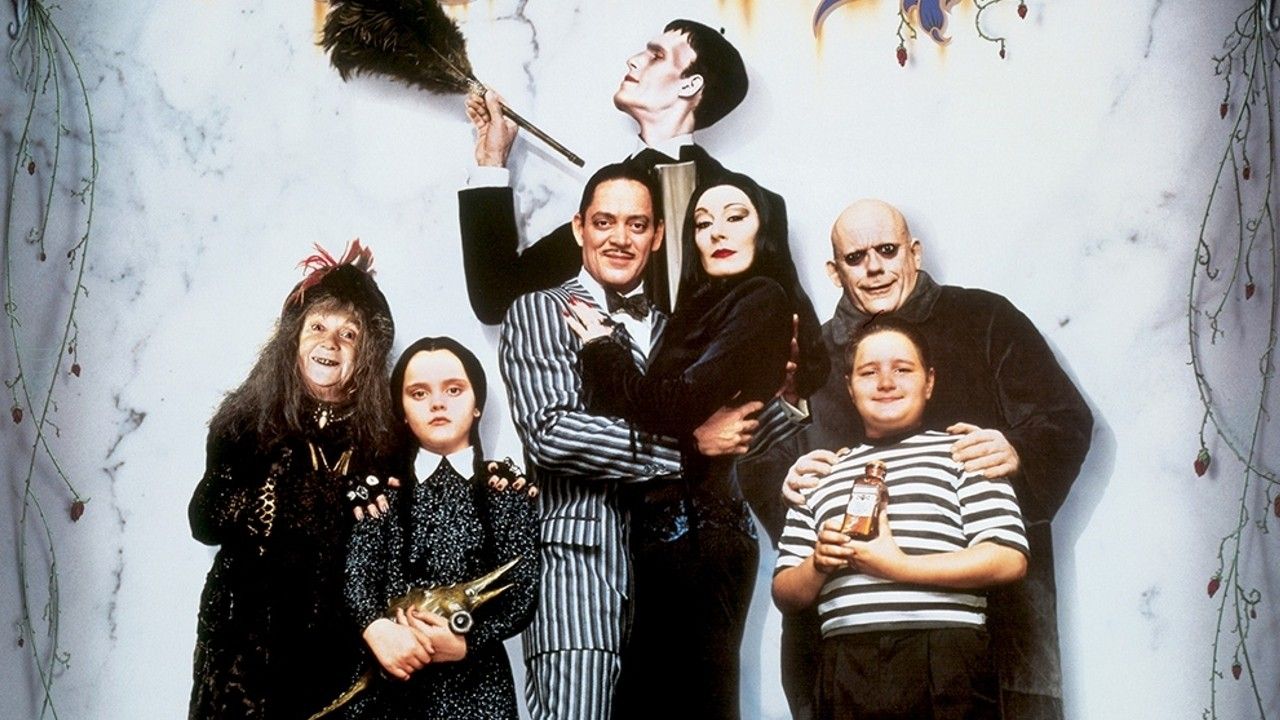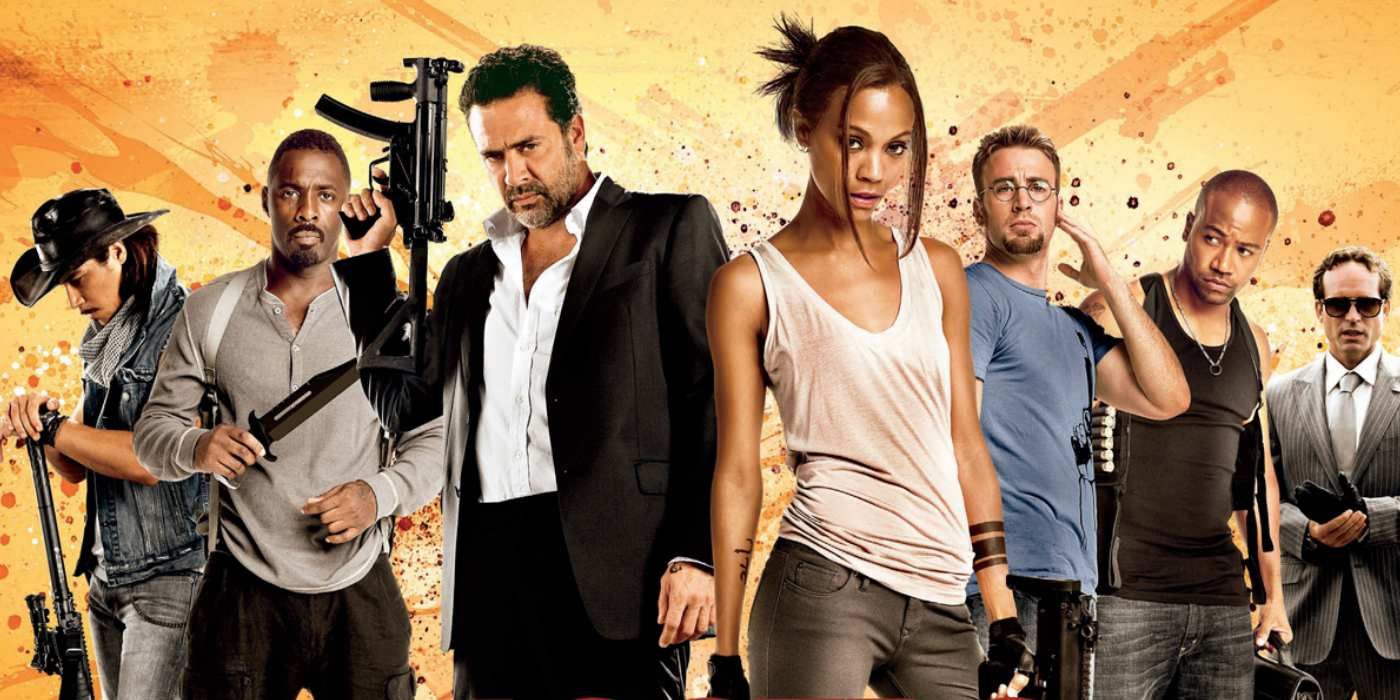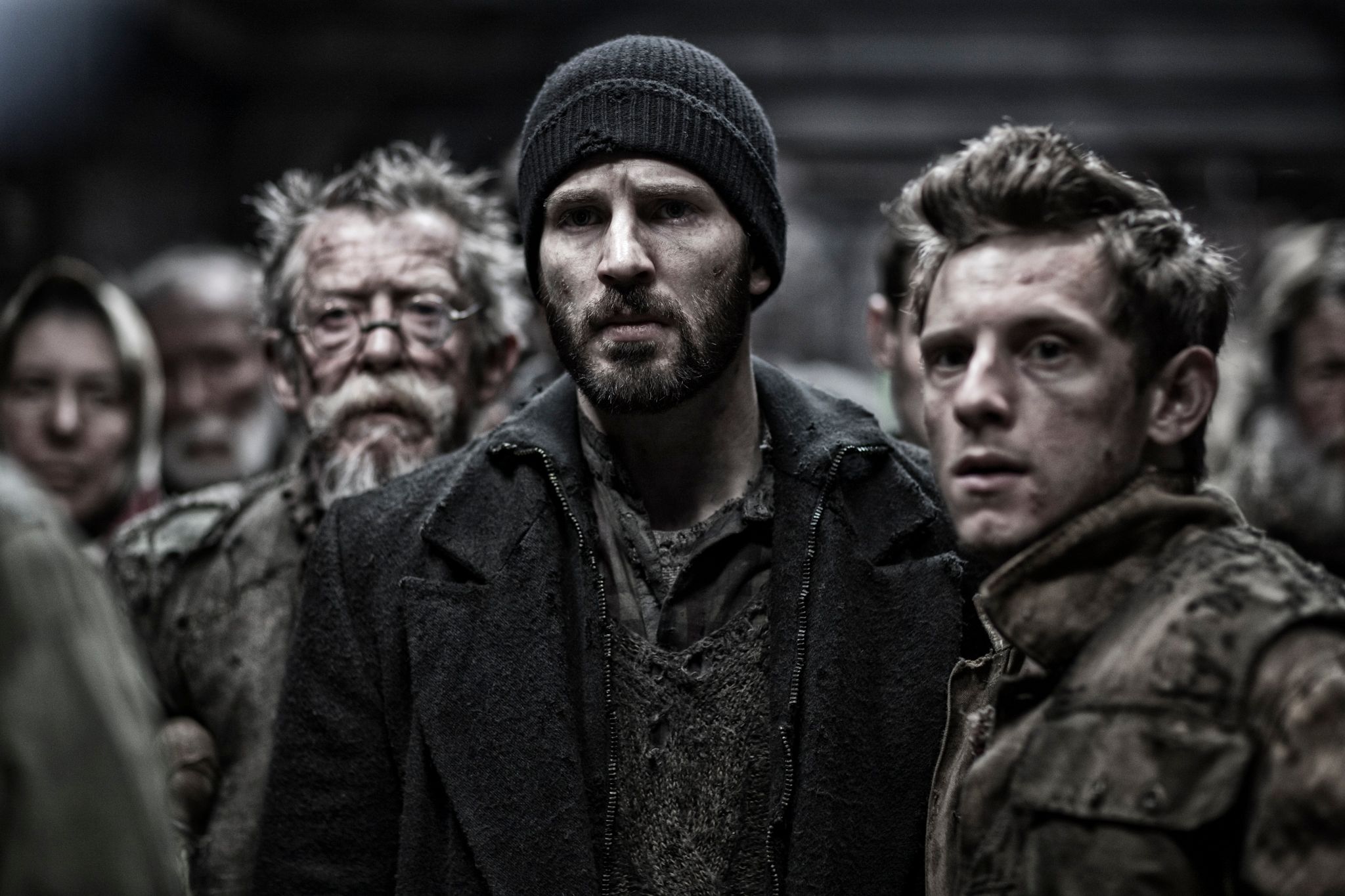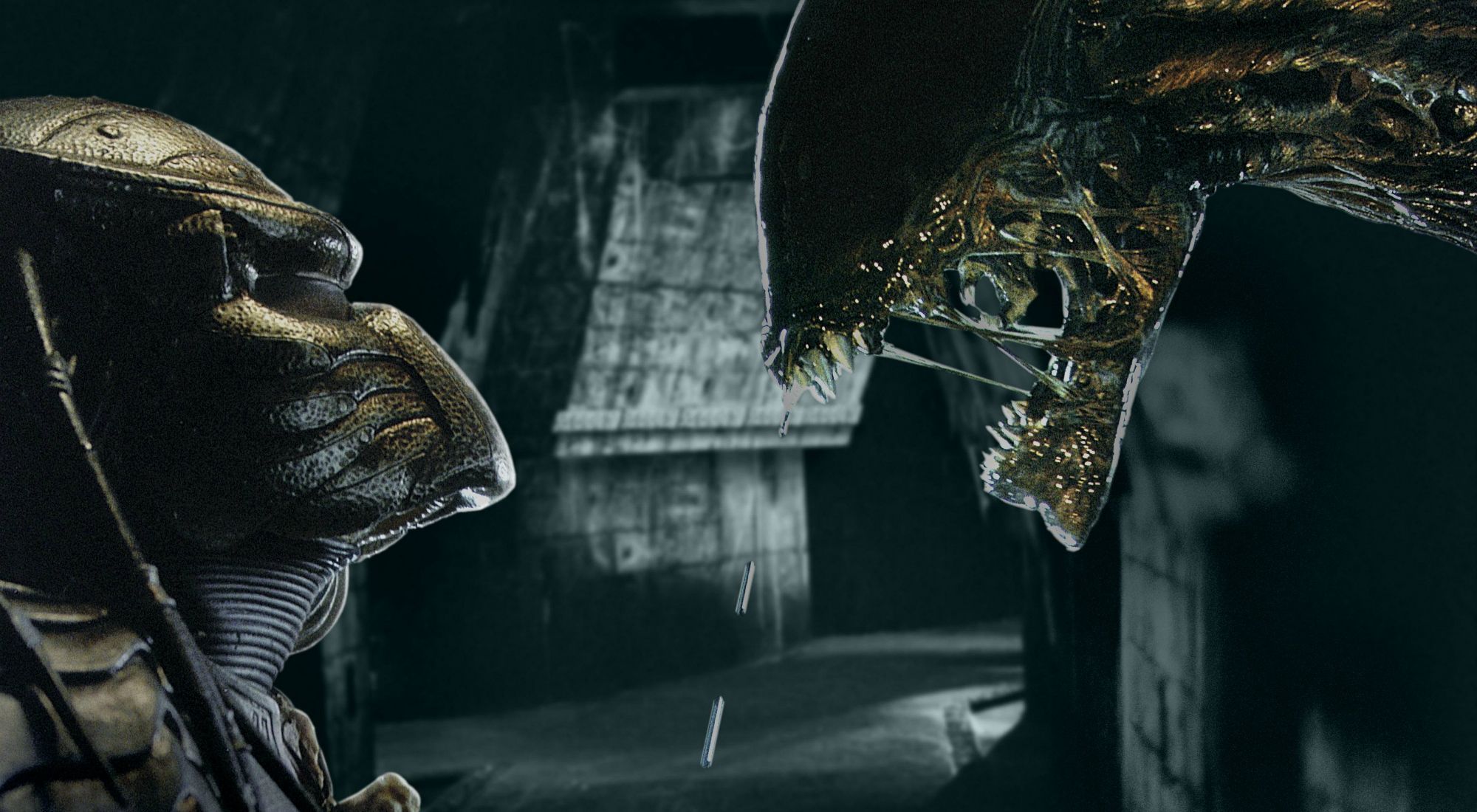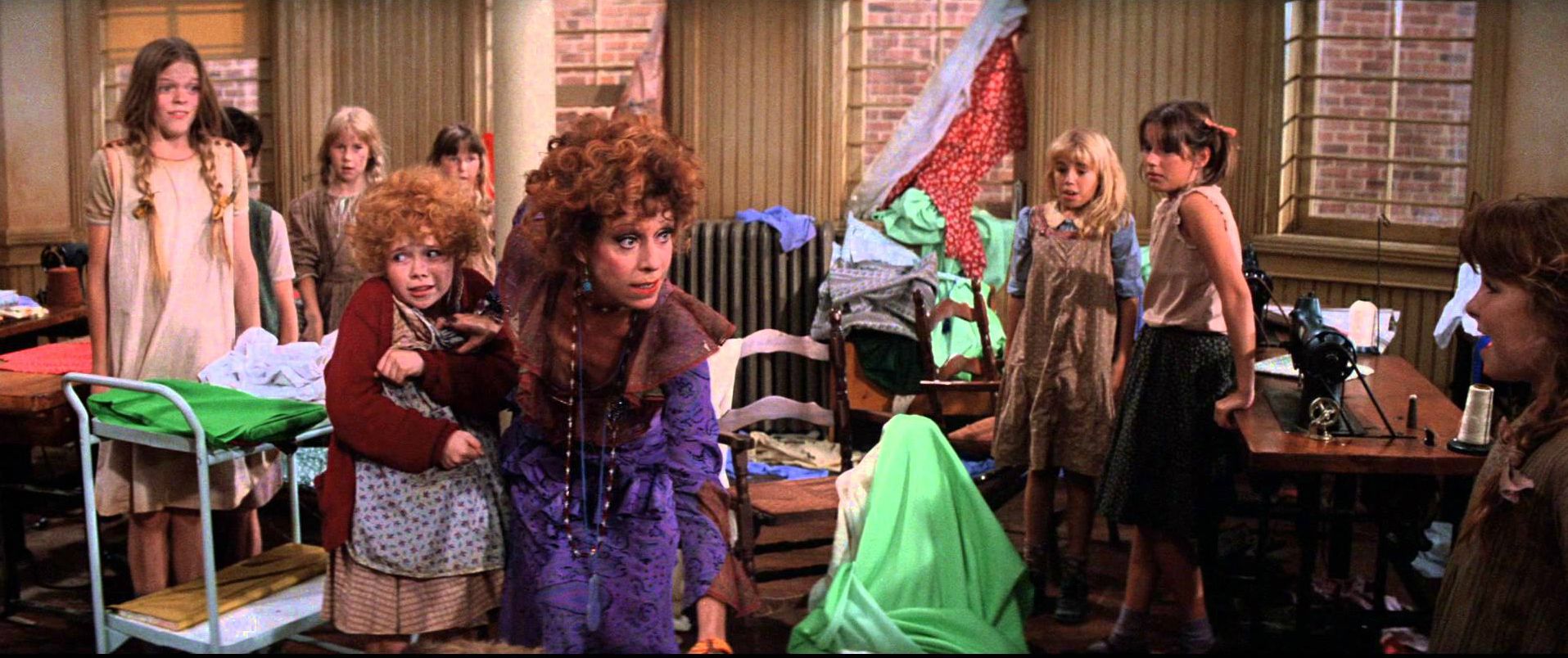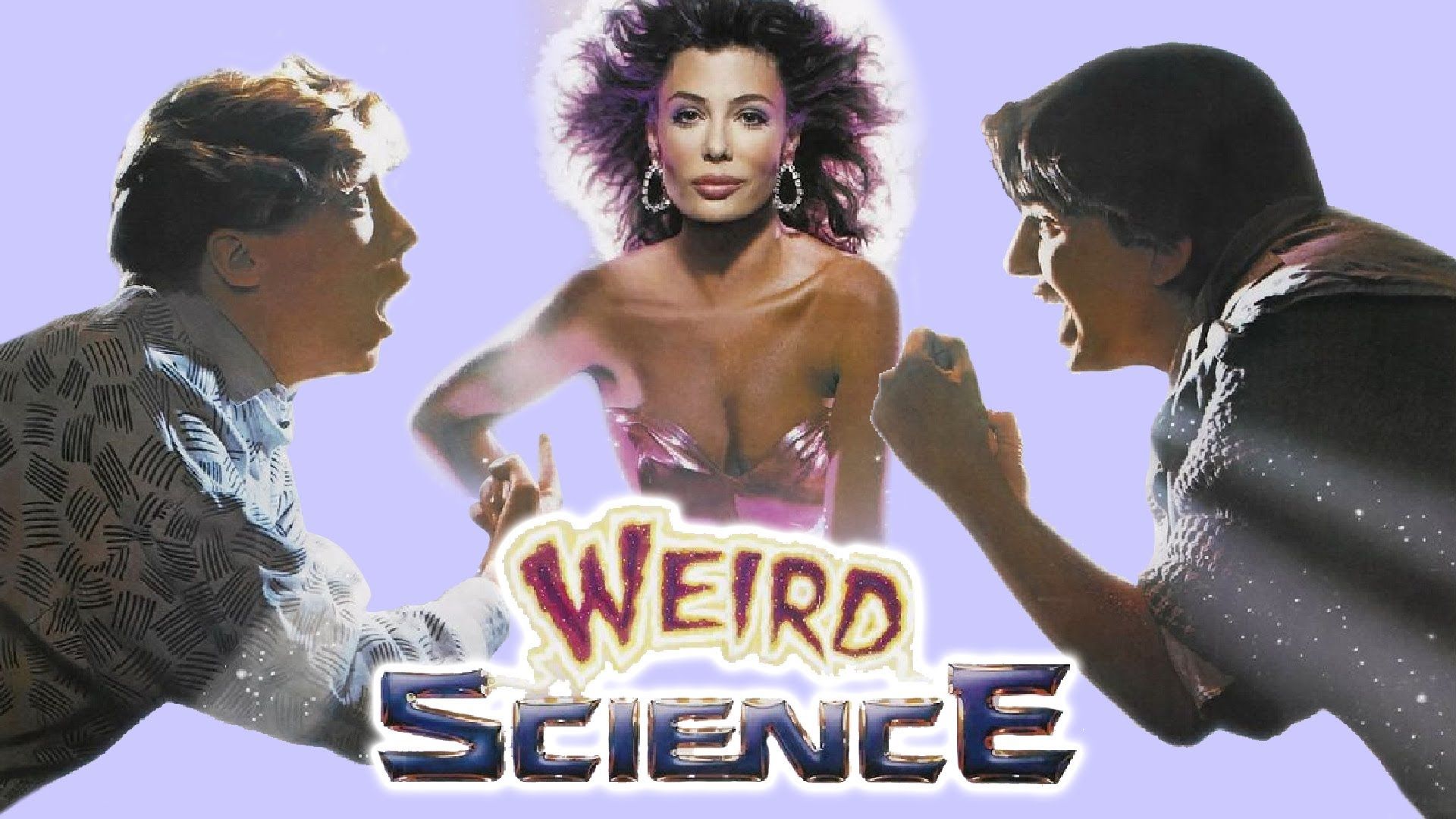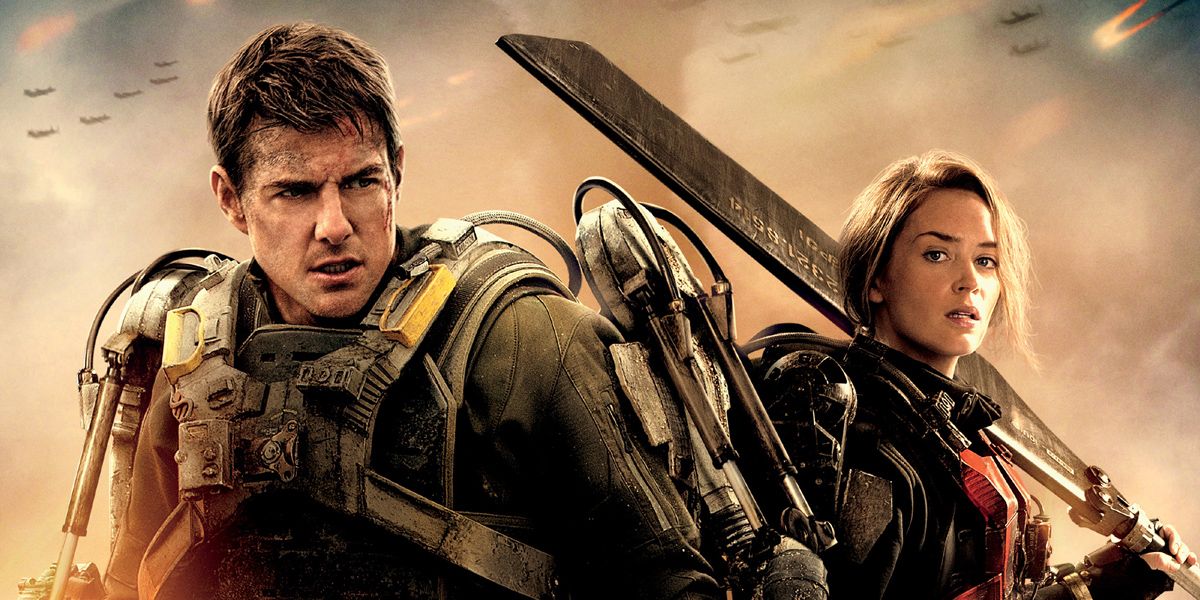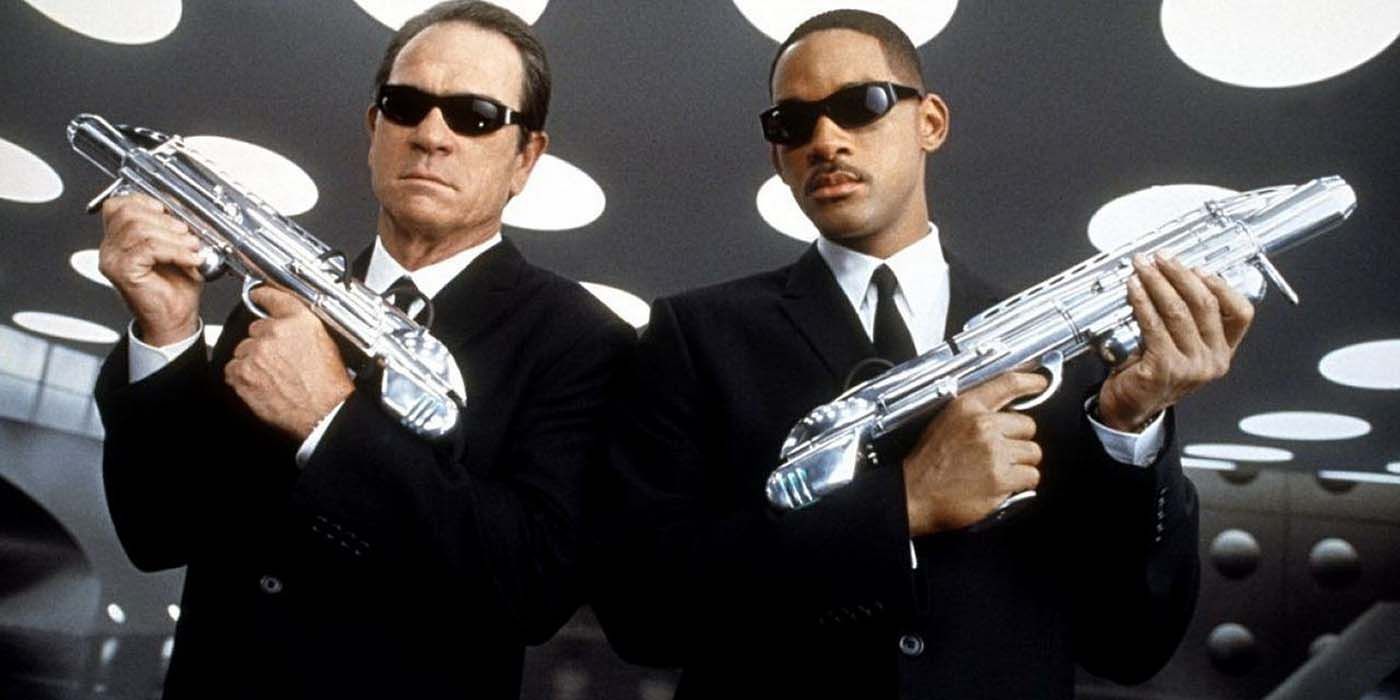When we hear the term, “comic book movie,” it’s almost impossible to not think of superhero movies. However, Hollywood has been pulling from all kinds of comics - not always of the cape and tights variety - for years that even certified geeks might not be aware of. For instance, it’s thought that, aside from watching one too many Samurai films, George Lucas also took huge inspiration for Star Wars from a little-known French science fiction comic called Valerian (an adaptation of which will be hitting the big screen this year).
RELATED: Star Wars: 10 Movie Plot Holes Explained In The Comics (And 5 In The Books)
The “Big Two” (DC and Marvel) have dominated the box office for the best part of a decade, to the extent in which we now live in a world where deep lore and relatively obscure characters (the Winter Soldier, Vision, Talia al Ghul, etc.) are now household names for even non-comic book literate audiences. Their tremendous success has also paved the way for more recent heroes like Scott Pilgrim and Kick-Ass to become ripe fruit for the film industry’s plucking, and generated renewed interest in older ones like Blade and John Constantine. The comic book roots of these films are usually easy to spot. Usually. Here are some cinematic adaptations whose pulp origins have passed under most people’s radar.
15 COWBOYS & ALIENS
A title as fantastically ridiculous as that should be enough to clue you into this 2011 blockbuster’s origin, yet most still aren’t aware of it. Set in 1873, the story follows gunslingers for hire, Zeke Jackson and Verity Jones (played by Daniel Craig and Olivia Wilde in the film adaptation) who are hired to protect a caravan en route to Silver Lake, Arizona. Their journey seems to be smoothly, until they are ambushed by Apache Indians and then - more unusually - invading aliens looking to conquer 19th century Earth.
The 105-page graphic was published by Platinum Studios, a media company that exists solely to adapt and license characters for any kind of medium. As such, the Cowboys & Aliens graphic novel was always destined to make the jump to the big screen.
14 OLDBOY
Those who are more familiar with the 2013 Spike Lee film might be surprised to learn that it was a remake of an award-winning 2003 Korean film by Park Chan-wook, the second instalment of his Lady Vengeance trilogy. Both films are actually adaptations of a Japanese manga series of the same name.
Though the series was released in the late '90s in Japan, it wasn’t until 2005 that Dark Horse published it in the West, for which it ended up winning an Eisner award. The story is a neo-noir, crime thriller following Shinichi Gotō, who is suddenly released from a private prison he’s been languishing in for 10 years with only a TV for company. Now back in the wider world, he makes it his mission to track down his mysterious captors and find out why they incarcerated him.
13 WANTED
Before Kick-Ass, Kingsman, and Logan, Wanted was the very first film adaptation of the work of celebrated comic book writer, Mark Millar. Published as part of his creator-owned "Millarworld" line with Top Cow Productions, the miniseries released during 2003 and 2004 told the tale of a “going-nowhere” office worker, Wesley Gibson, whose life is turned upside down when Fox, a bullet-bending assassin, tells him that his father, known as “The Killer,” was the head of a secret supervillain Fraternity. Following his father’s murder, Wesley is fated to follow in his footsteps, though his “wimpy” persona is in dire need of some toughening up from Fox first.
The 2008 film starring James McAvoy and Angelina Jolie was only a loose adaptation of Millar’s comic, choosing to focus more on the amoral assassins rather than the shady Fraternity. It also replaced the various supervillains and their powers with a mastery of gun usage.
12 A HISTORY OF VIOLENCE
This 2005 David Cronenberg crime drama was showered with awards and Academy nominations when it was released. Star Viggo Mortensen praised it as, “close to perfect film noir,” and even, “one of the best movies he’s ever been in.” (We assume Lord of the Rings is the other “best,” right?)
It’s based on a 1997 graphic novel by John Wagner and was actually the second big-screen adaptation of one of his comics - the first being his 1995 Judge Dredd book. Though the film stays faithful to the source material during its first half, it drastically goes off in it’s own direction as it moves into the second, with some of Wagner’s characters - like William Hurt’s Richie Cusack - almost unrecognizable. Some critics think these changes were for the better, though.
11 ROAD TO PERDITION
Set in 1931 in the midst of Depression-era Chicago, this 2002 film from James Bond director, Sam Mendes, tells a classic tale of mobsters, vengeance, violence and conflicted familial loyalties. It’s based on a series of comics by Max Allen Collins, with the first released in 1998, and published by DC’s Paradox Press imprint - whose titles also notably include A History of Violence.
Much of the film’s critical acclaim was directed towards its noir cinematography, no doubt drawn from the comics’ own influences - hard-boiled detective archetypes like Dick Tracy and Batman. Funnily enough, the comic book series is also not entirely original, serving as a spiritual adaption of the manga, Lone Wolf Club. Collins also wrote the novelisation of the film, something he has extensive experience in already; his novelisation of Saving Private Ryan made the New York Times’ Best Sellers list.
10 RED
2011’s RED, or “Retired, Extremely Dangerous,” saw silver-haired assassins packing serious heat on the silver screen. The lighter tone of the film is markedly different from the comic book of the same name it was based on, which skewed a lot darker. Creator Warren Ellis - a prolific and highly cerebral writer - noted on his blog that the differences between page and screen versions of the story were likely due to his original miniseries consisting of just 3 issues (66 pages in total) which would probably only amount to, “40 minutes of film,” adding, “If you added a musical number.”
Ultimately, he gave the changes his blessing. “I can accept that they wanted a lighter film, and, as I’ve said before, the script is very enjoyable and tight as a drum. They haven’t adapted it badly, by any means. [...] And if anyone has a real problem with that, I say to you: Helen Mirren with a sniper rifle.”
9 RICHIE RICH
Otherwise known as Ri¢hie Ri¢h, this 1994 family comedy starring the child star of the early '90s, MaCaulay Culkin, was -- unlike its flushed hero -- a commercial failure at the time of release, and unfortunately didn’t do too well critically either. In 2015, Richie downsized to the small screen with his own Netflix show, and his enduring screen presence - for better or worse - is perhaps why his comic book roots have slipped out of mainstream consciousness.
Richie is a lot older than he looks, making his comic book debut as a side character in a 1953 issue of Daily Dot, published by Harvey Comics, who also own Casper the Friendly Ghost. The poor reception of the film might have had a knock-on effect for the comics, as their publishing schedule suddenly became irregular after the film’s release up until 2011, when Ape Entertainment decided to breathe new life into the title.
8 THE ADDAMS FAMILY
“They’re creepy and they’re kooky…” Another family-friendly franchise - and one that has gotten a lot more love than poor Richie, The Addams Family have truly dominated nearly every form of media over their undead lifetime, including live action television series’ in both the 1960s and 1990s; animated series’ in the 1970s and 1990s; and, famously, two feature-length films, The Addams Family (1991) and Addams Family Values (1993) which are now considered cult classics.
Such is the far-reaching extent of the spooky family’s impact that they have been put alongside The Simpsons, The Flintstones and even the Kennedys in terms of significance in American culture. Perhaps buried beneath all this is their humble origin as single-panel cartoons in The New Yorker, published between 1938-88, created by the eccentric and macabre-minded cartoonist, Charles Addams.
7 THE LOSERS
Before Captain America and Guardians of the Galaxy, one of both Chris Evans and Zoe Saldana’s earliest forays into the world of comic book movies was this 2010 adaptation of the Vertigo series of the same name. The story sees an elite black ops team (described as “Special Forces” in the comic) who swear vengeance on their handler after he betrays them on a “search and destroy” mission at a Bolivian drugs compound.
The comics, written by Andy Diggle, were supposed to be based on a group of DC Comics characters of the same name, though comparisons between the two are few and far between considering Diggle admitted in an interview with CBR he never actually read any of the original, WWII-era source material. “I went straight onto Wikipedia and read up on who The Losers were and all that, but I’ve still never read any of the original issues. I made it a point not to.”
6 SNOWPIERCER
As an English-language, South Korean Czech film based on a French graphic novel, this 2013 sci-fi thriller is brimming with international flavour. Suitably, its cast -- lead by Chris Evans -- is made up of American, English and South Korean actors, and helmed by South Korean director, Bong Joon Ho. The diverse production base matches the premise of the film -- a globe-trotting journey aboard the “Snowpiercer” train, hurtling the very last of the human race through a manmade ice age. Meanwhile on board, Evans’ “Curtis Everett,” travelling in the lower-class section of the train, mounts a socialist revolt against the ruling class situated at the front.
The comic it was based on, La Transperceneige, was created by Jacques Lob and Jean-Marc Rochette and first published in French in 1982, though English language translations didn’t come out until 2014. The series, which ended up spanning four graphic novels, took three decades to conclude, offering plenty more material for the TV adaptation to mine.
5 ALIEN VS. PREDATOR
Considering the obvious cinematic roots of both titular characters, this entry may seem like it doesn’t belong here, but it absolutely does, and shouldn’t be surprising considering how much of a staple crossover stories are in the comic book industry. Predator fans might remember the intergalactic mashup being teased with a xenomorph (from the Alien franchise) skull in 1990’s Predator 2, but the real seeds for the idea had already been sown in the 1989 Dark Horse comic of the same name (often abbreviated to AVP) spearheaded by editor, Chris Warner.
The first comic also kickstarted a whole line of AVP crossovers into other universes, with fan hype-baiting titles like Batman and Superman versus Alien versus Predator (which seems ever so slightly possible on the big screen in a post-Batman v. Superman world).
4 ANNIE
What does Annie have in common with Batman and Superman? They’re all orphans, they’re all comic book characters who’ve made the jump to film, and they’ve all starred in musicals. Well, aside from the LEGO Batman parody songs, the latter sadly isn’t true for the World’s Finest (...yet).
Because the plucky, redhead is more commonly recognised from her appearances on stage and screen in the 1980s, her origins in the Little Orphan Annie newspaper strip have drifted out of mainstream consciousness. The comic itself was adapted by Harold Gray from a poem by James Whitcomb Riley and first published by The New York Daily News in 1924; amazingly only recently ceasing publication. Despite the sunny showtunes it’s become associated with, the original stories focussed on sociopolitical subjects - the Great Depression, workers' strikes and the Communist scare.
3 WEIRD SCIENCE
Though the name is a big giveaway, most are unaware that this campy, 1985 John Hughes teen classic has similarly campy origins in the Weird Science comic book magazine of the Silver Age. The obscurity of this bi-weekly collection of science fiction tales may also be due to its contemporary rival, Tales From The Crypt, dominating the market, but its legacy in pop culture survives through adaptations and references.
Kang and Kodos from The Simpsons, for instance, might owe a stylistic debt to the magazine’s covers. The Weird Science film is based only loosely on the premise of a story called “Made of the Future” written by the magazine’s co-founder, Al Feldstein, and came about after producer Joel Silver acquired the rights to the magazine from EC Comics.
2 EDGE OF TOMORROW
Of the two blockbuster, sci-fi thrillers Tom Cruise starred in during 2013 and 2014 (the other being Oblivion) Edge of Tomorrow was both better received and better remembered since, though both have little-known origins in comics. This time-bending, war drama is based on the manga series, All You Need Is Kill by Death Note’s Takeshi Obata, which itself was adapted from a light novel of the same name by Hiroshi Sakurazaka.
All three follow the same premise - a soldier (played by Tom Cruise in the film) who, after being killed on the battlefield by invading alien forces, reawakens to find himself caught in Groundhog Day-esque loop that he must figure out how to break. The similarities between film and book end, however, with the Westernisation of the setting and characters, as well as the drastically different ending.
1 MEN IN BLACK
Not only a hugely lucrative and beloved film series, but one that also comes with one of the catchiest Will Smith theme songs. The first instalment of the trilogy made an incredible $497 million return on its $90 million budget, cementing the franchise’s status as a pop cultural phenomenon, but also burying its comic book origins.
The little-known miniseries that spanned six issues was created by Lowell Cunningham and released in 1990 and 1991. Though the basic premise and principal characters stayed the same, there are some marked differences between the source material and adaptation. While the films limit the Men in Black organization to only dealing with alien immigrants, the comic has the suited agents battling supernatural and even mystical foes. The comic book MIB would also gladly kill witnesses rather than erase memories - decidedly less family-friendly than the film.
Are there any other movies you can think of that were based on comic books? Let us know which ones in the comments!

